Deciphering Paint Formulas
jockewing
14 years ago
Featured Answer
Sort by:Oldest
Comments (20)
decorativewalls
14 years agolast modified: 9 years agodecorativewalls
14 years agolast modified: 9 years agoRelated Professionals
Jacinto City Interior Designers & Decorators · Cusseta Interior Designers & Decorators · Annandale Furniture & Accessories · Sioux Falls Furniture & Accessories · Ventura Furniture & Accessories · Wilmington Furniture & Accessories · Eau Claire Furniture & Accessories · Farmington Furniture & Accessories · Miami Beach Furniture & Accessories · Short Hills Furniture & Accessories · Indian Creek Furniture & Accessories · Ashburn Custom Artists · Cahokia Lighting · Lancaster Lighting · San Rafael Window Treatmentsjockewing
14 years agolast modified: 9 years agodecorativewalls
14 years agolast modified: 9 years agojockewing
14 years agolast modified: 9 years agodecorativewalls
14 years agolast modified: 9 years agoFaron79
14 years agolast modified: 9 years agopaca
14 years agolast modified: 9 years agodecorativewalls
14 years agolast modified: 9 years agoFaron79
14 years agolast modified: 9 years agoStilsmiln
10 years agolast modified: 9 years agoUser
10 years agolast modified: 9 years agoFaron79
10 years agolast modified: 9 years agoLori A. Sawaya
10 years agolast modified: 9 years agoSarah-Justin Reynolds
8 years agoBrad Croul
6 years agogamalski
6 years agoLaurie Anderson
last yearHeady D
5 months ago
Related Stories
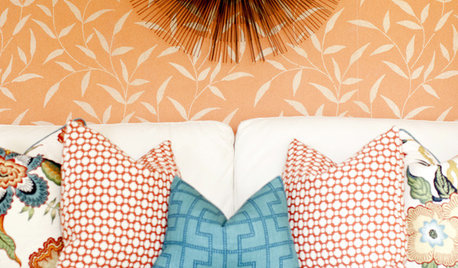
DECORATING GUIDESThe Secret Formula for Perfect Pillow Arrangements
For a polished look on sofas and beds every time, keep this simple ratio for pillow arranging in mind
Full Story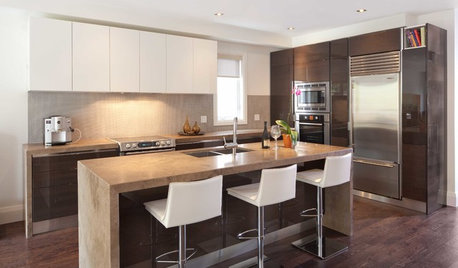
LIGHTINGGet Your Home's Recessed Lighting Right
Learn the formula for how much light a room needs plus how to space downlights, use dimmers and more
Full Story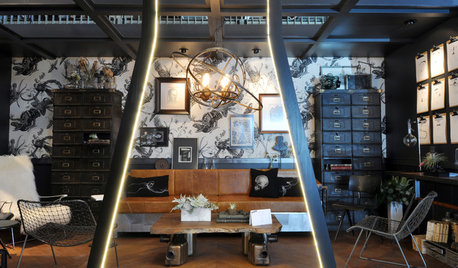
DECORATING GUIDES16 Lounges Go Wild for Science at San Francisco's Exploratorium
See the imaginative designs concocted and let us know which style formula works best for you
Full Story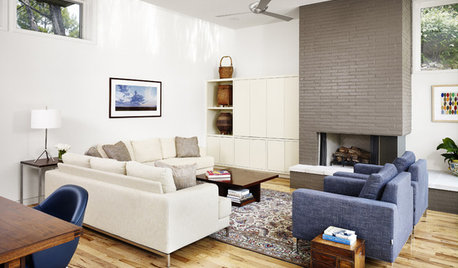
DECORATING GUIDESWhat You Need to Know Before Painting Brick
Sure, painted brick can be a great look. But you need to take some risks into account. Here's how to paint brick like a pro
Full Story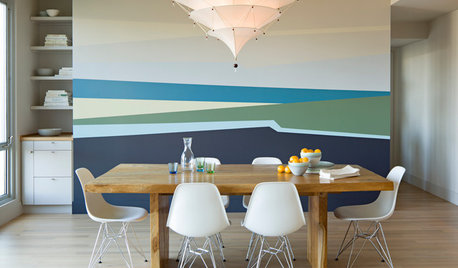
DECORATING GUIDESGet the Scoop on Finding the Best Paint for Your Money
Scoring the best deal on paint for your home may have nothing to do with advertised specials
Full Story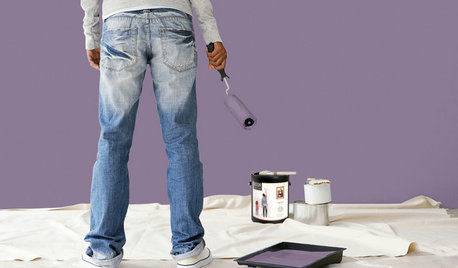
PAINTINGBulletproof Decorating: How to Pick the Right Kind of Paint
Choose a paint with some heft and a little sheen for walls and ceilings with long-lasting good looks. Here are some getting-started tips
Full Story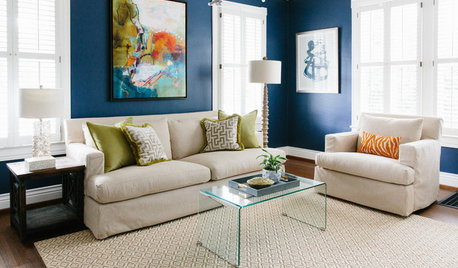
MOST POPULARThe Right Way to Test Paint Colors
Here are 5 key steps to take to ensure you're happy with your wall paint color
Full Story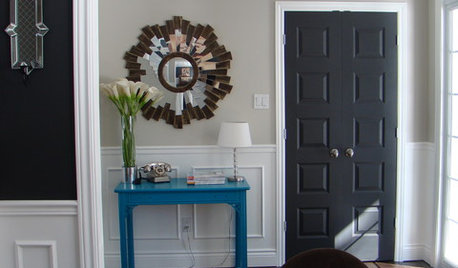
MOST POPULAR11 Reasons to Paint Your Interior Doors Black
Brush on some ebony paint and turn a dull doorway into a model of drop-dead sophistication
Full Story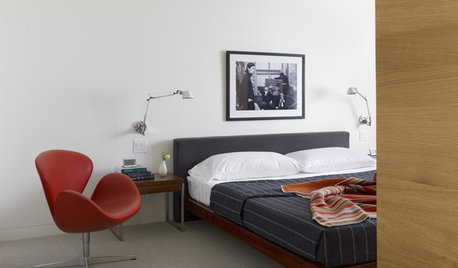
DECORATING GUIDESFrom the Pros: How to Paint Interior Walls
A slapdash approach can lower a room's entire look, so open your eyes to this wise advice before you open a single paint can
Full Story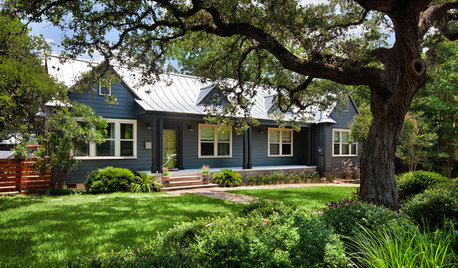
CURB APPEALHow to Touch Up Your Home’s Exterior Paint
Protect your siding from weather damage without exposing yourself to mismatched paint by learning the right way to do touch-ups
Full Story





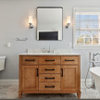
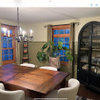

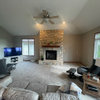
Faron79